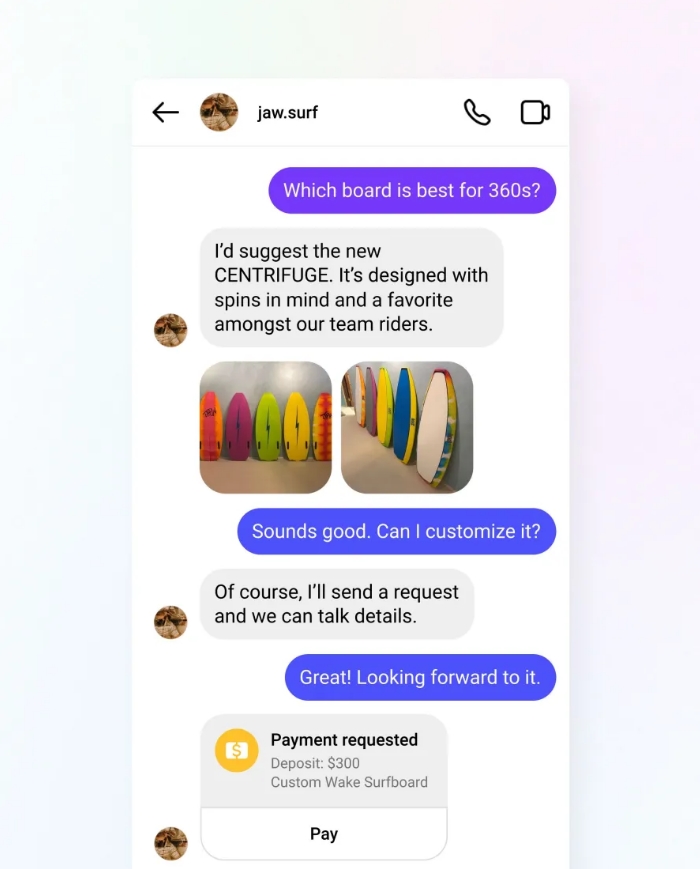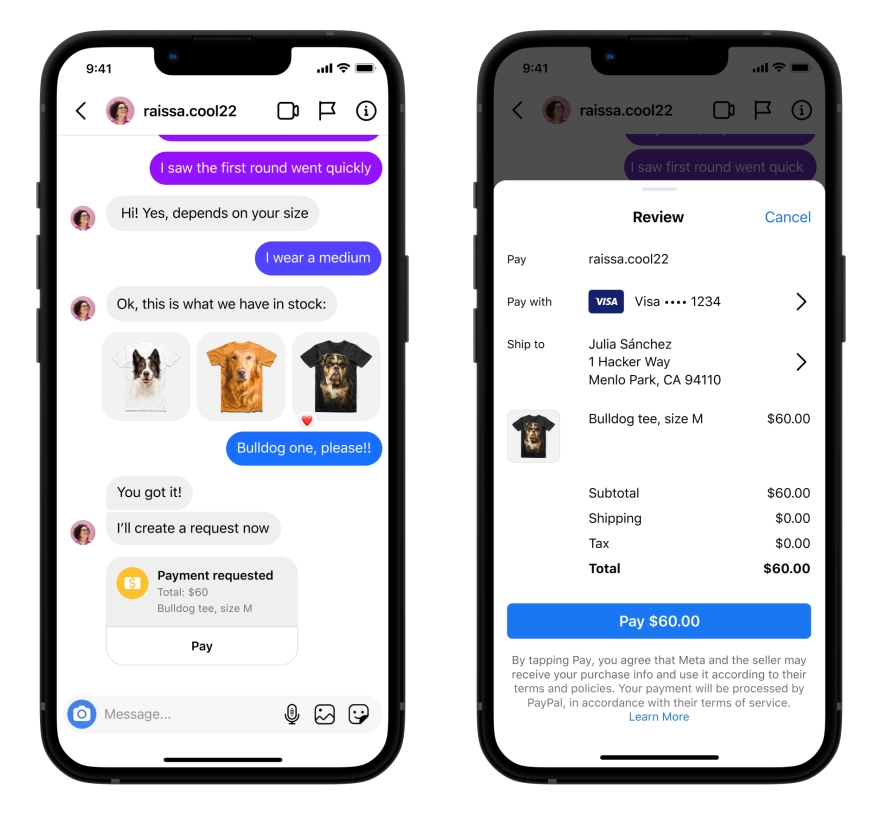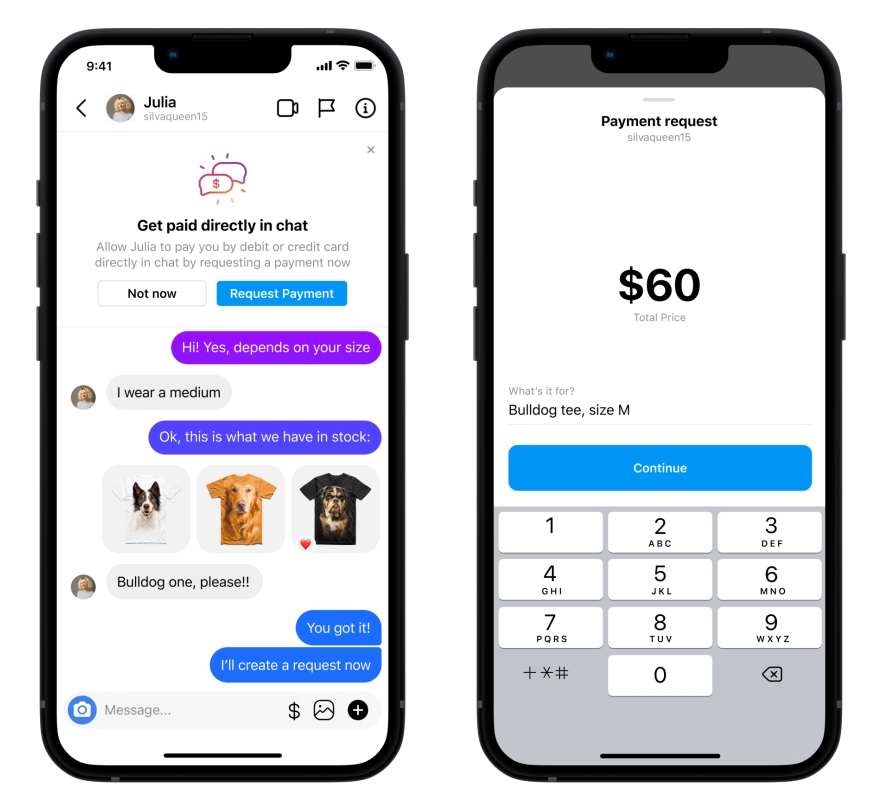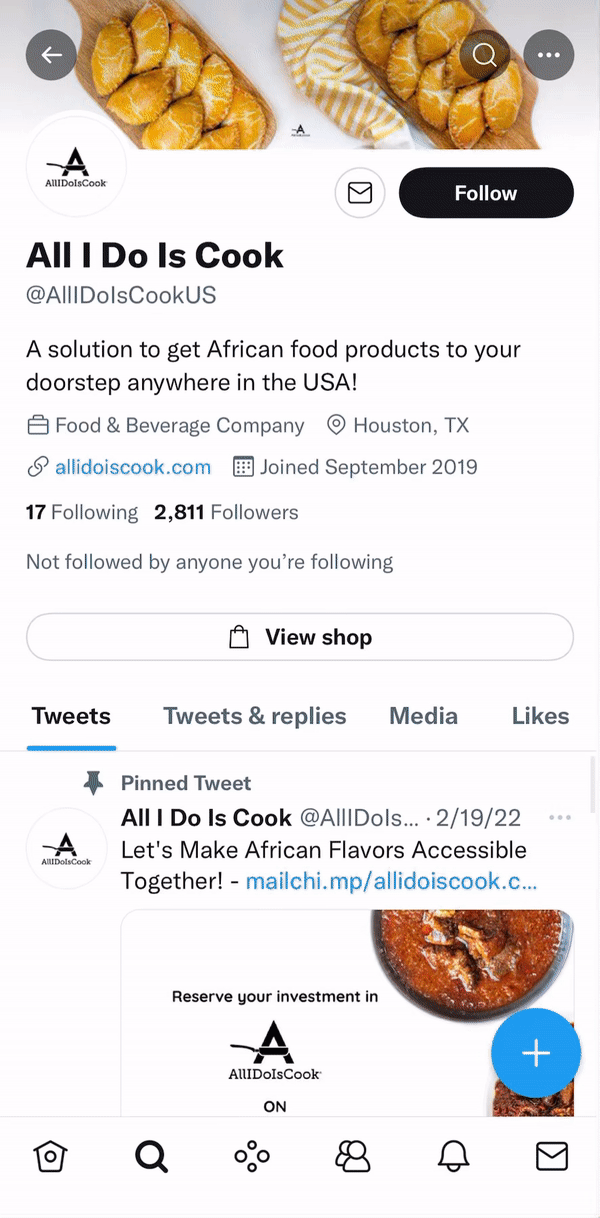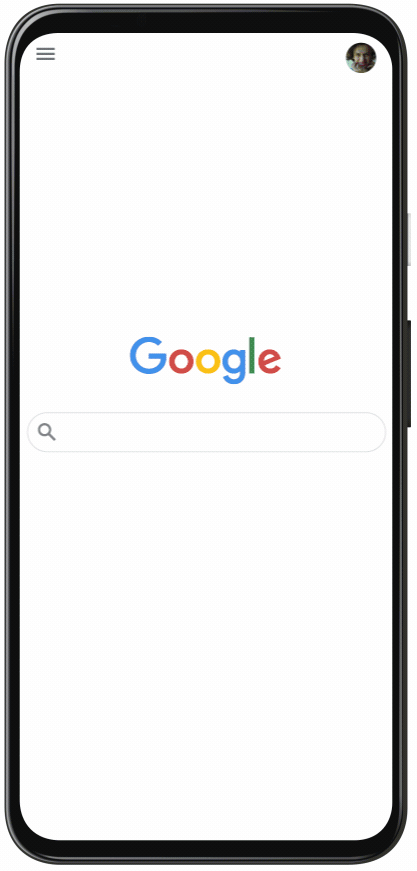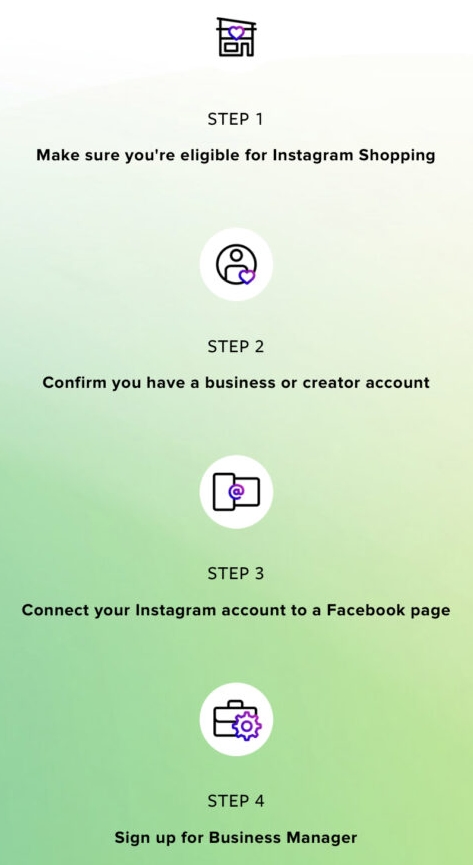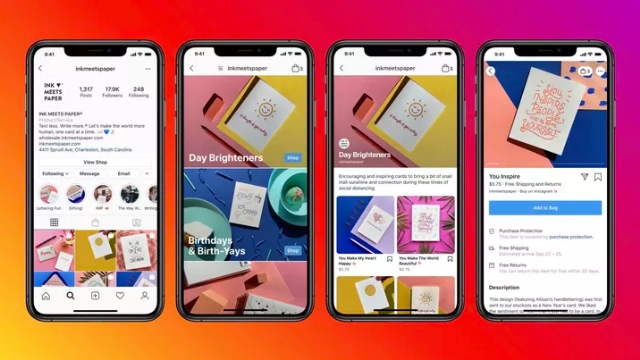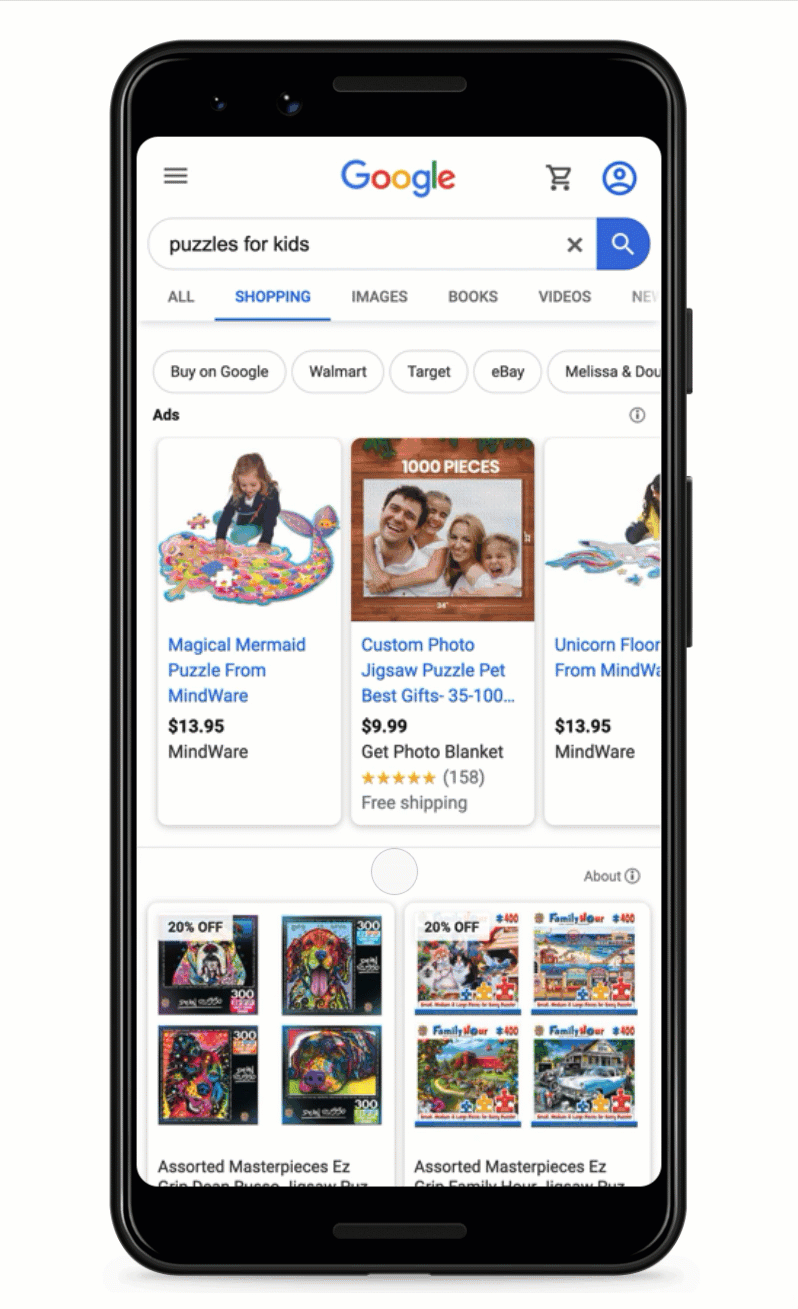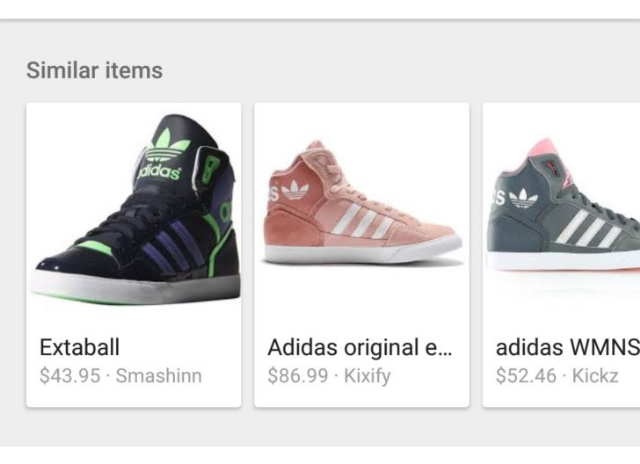With the holidays approaching, SEO analysts BrightEdge are releasing their yearly list of important optimization trends ecommerce brands should know about.
Based on data collected by tracking over 6,000 ecommerce keywords over 10 categories over the past three years, the latest list makes one thing very clear – successful ecommerce brands are increasingly relying on content creation to drive their sales.
Of the top five new trends covered, three highlight different ways content creators and other types of publishers are leading the ecommerce market by delivering consumers with the most valuable content at the right times.
Let’s explore the latest ecommerce trends below:
1) Brands and publishers are siphoning away retail traffic
Retailers these days have a lot of competition to contend with online. Not only are you fighting to stand out among the slew of other online retailers, but you have to outrank brands and publishers in search results.
According to the report, retailers’ performance for top ecommerce keywords is down 70% from 2020. Meanwhile, brands are making headway into shopping results by adopting direct-to-consumer models while content publishers are attracting attention with product overviews and reviews.
2) Retailers Are Driving Ecommerce With Content
While the report does not include data impacted by the new “helpful content update”, the data does emphasize that retailers who publish quality content are more effectively able to differentiate their brand and their products from those who only offer product descriptions.
Specifically, BrightEdge says retailers should:
- Focus on creating context for your products through content.
- ‘Organize categories in ways that make it easier to learn about and shop multiple related products.
3) Organic Links Are Still Crucial
As Google’s ad platform and other features like localized business listings have taken over more and more space in search results, many have suggested that organic search results have lost their importance.
However, BrightEdge’s data suggests that classic organic search results are still the most effective traffic source for retail brands. For the top ecommerce results, up to 70% of all clicks went to organic search results.
In fact, it appears Google may be aware that online shopping-related searches are best served through organic search results, as local packs, videos, and image carousels have all become less common for ecommerce searches.
4) More Ecommerce Sites Are Adopting Schema Markup
Brands, publishers, and retailers involved in ecommerce are all increasingly adopting a few specific types of schema markup to make their pages easier for search engines to understand and index.
Specifically, these three schema types have seen significantly increased usage around shopping results:
- Product
- ImageObject
- ItemList
5) Article and Category Pages Dominate Ecommerce
Category pages have always been a major driver of clicks for ecommerce, and this remains true in 2022. For the top keywords, category pages have the highest click-through rate 70% of the time. However, BrightEdge noted that recently, articles about products have higher click-through rates than links directly to product pages.
Google’s search results are always shifting. It is important for brands to stay aware of the latest trends in their market and adapt the most effective SEO strategies if they want to stay ahead of the competition – especially leading up to the holiday season.

